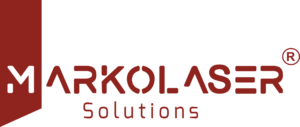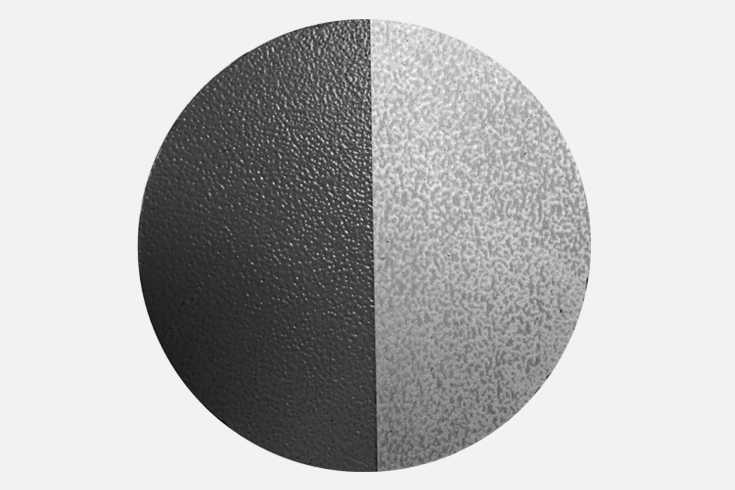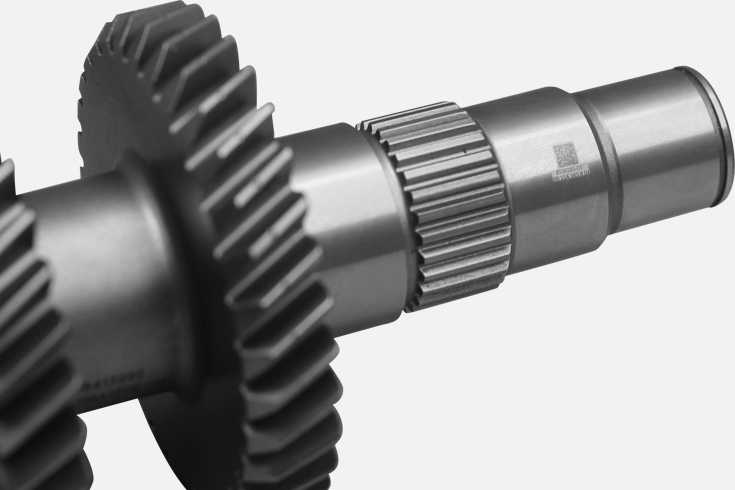“Time alters all things,” wrote Horace.
Art installations, paintings, metal artifacts, sculptures etc. are continuously exposed to weathering, pollutants, contaminants, reactive agents present in the air, in water, and in the ground where these objects were kept for centuries due to which continuous corrosion and oxidation keep taking place.
Polymerization and photo-oxidation result in dense coatings on the material obscuring the surface, like a layer of contaminants, corrosion on the art pieces, rust on the ship hulls, soil dust deposits, microparticles, etc. Artworks such as architecture, sculptures, paintings, ceramics, valuable art pieces need cleaning by avoiding side effects while preserving the historical layers behind deposits and encrustations.
The precision and control of the cleaning process for restoration are very crucial when delicate historical layers have to be preserved to reclaim the artistic traditions of the past. For example calcium oxalate on marble, gilding on bronze, paintings, fresco paintings, antique documents, antique textiles, metal statues, antique coins, and so on. The process by which laser beams remove the surface layers from the target material is known as laser ablation which is a result of the combined action of thermal, photochemical, and mechanical processes.
Laser ablation is a non-invasive, chemical-free, subtractive, fast, and precise method of cleaning and removal, has the potential to analyze, and selectively remove only black material—such as deteriorated materials, dark stains, dust, or another build-up on the priceless art without alteration of the chemical characteristics of the material and protecting the art and artifact beneath.
A suitable choice of the laser types and of the operating parameters is required for cleaning the artworks of aging, deterioration, and degradation The heat induced by lasers results in the micro fracturing of the dirty surface and the corroded material is split into smaller chunks.
Depending upon the laser flux, the removed material will be converted into a gaseous state or change into plasma. Minimal excess heat is transferred to the surrounding surface in laser layer removal, therefore the effect of laser irradiation to the undesired surface is slightest and controlled.
In recent years, researchers in the field of laser cleaning of art objects have turned to the use of UV laser cleaning machines because of the precisely thin layer removal by a single pulse. Without the help of lasers, the cleaning of historical art and antiques is time-consuming, expensive, has high environmental costs and unhealthy conditions for the workers.
The precision and control of the cleaning process for restoration are very crucial when delicate historical layers have to be preserved to reclaim the artistic traditions of the past.
Write to us at info@markolaser.com, to discuss laser ablation and laser cleaning in detail. Other applications like Laser marking, Laser engraving, laser cutting, deep laser engraving, Laser drilling, laser automations, Customised laser machines, laser welding are also duly optimised by Markolaser Laser markers.


